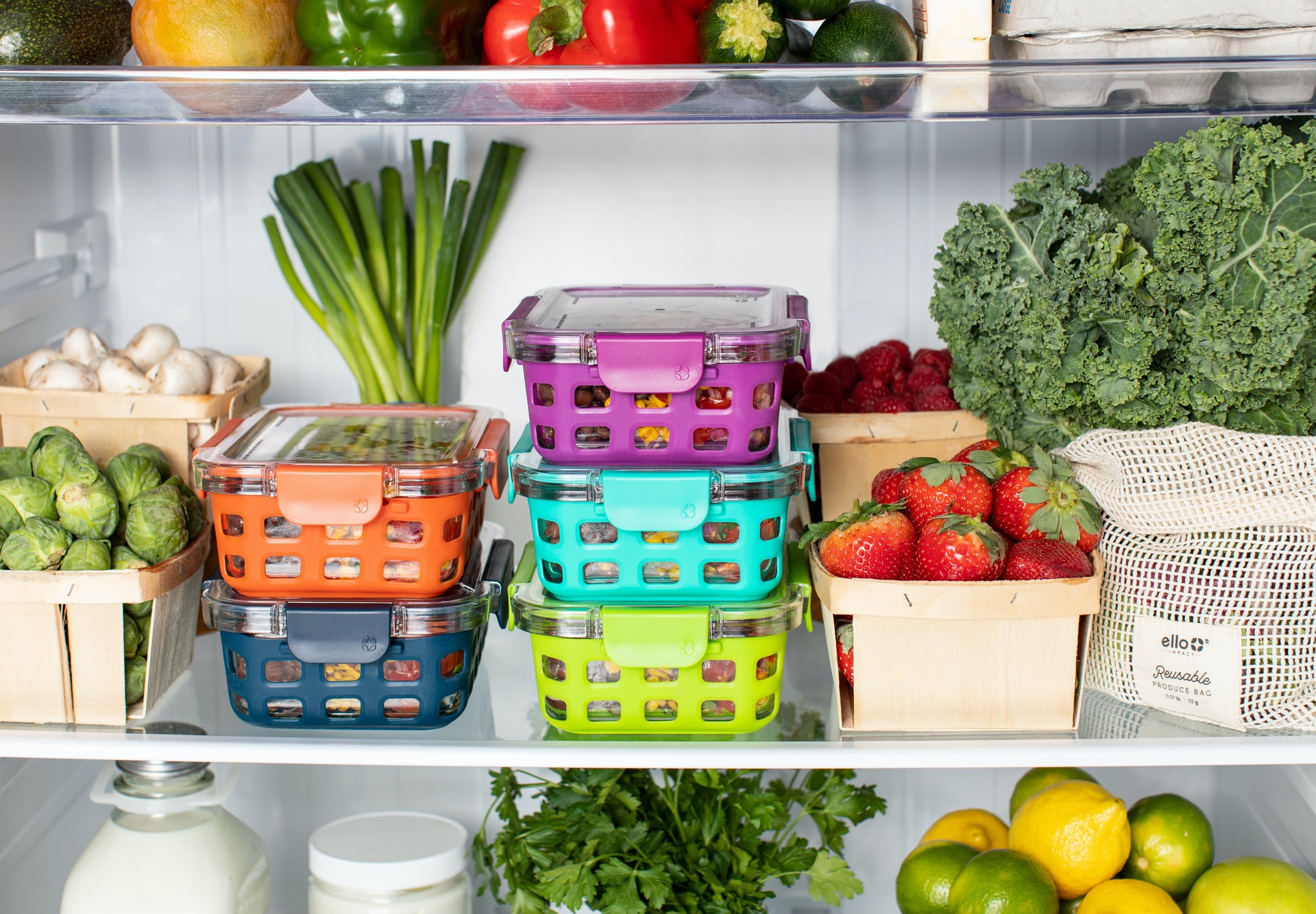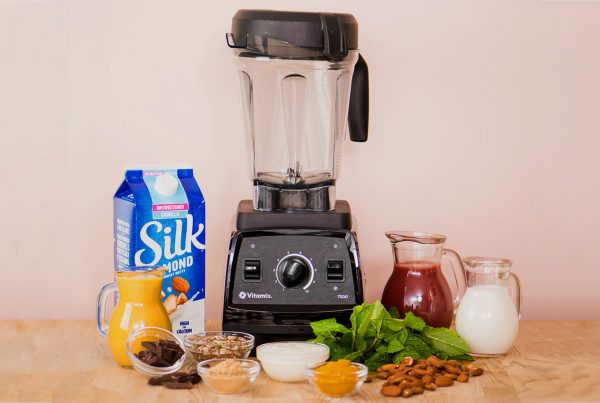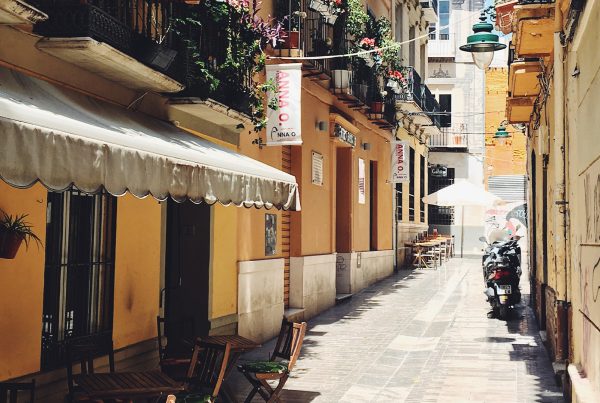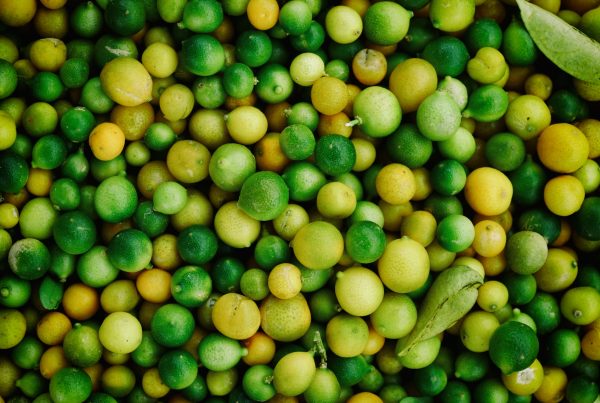How you store your produce can have a big impact on how long your produce thrives and survives. Approximately 65% of food wasted at home is due to spoilage (spring mix and bananas have entered the chat). Putting all your produce in the fridge after your grocery run is a start, but properly storing food is more complex than that. There is an actual science to this!
But the great news is, learning how to store fresh produce for the long haul, which is part of these 10 Quick & Clever Food Waste Tips , is an easy journey to get started on! Here are a few fridge storage facts to help you reduce food waste at home.
The Door
The door compartment of the fridge is subject to the most temperature fluctuations as warm air comes into contact with that part every time you open the fridge. As this creates unstable temperatures it is best to avoid storing items that spoil easily or that require stable temperatures.
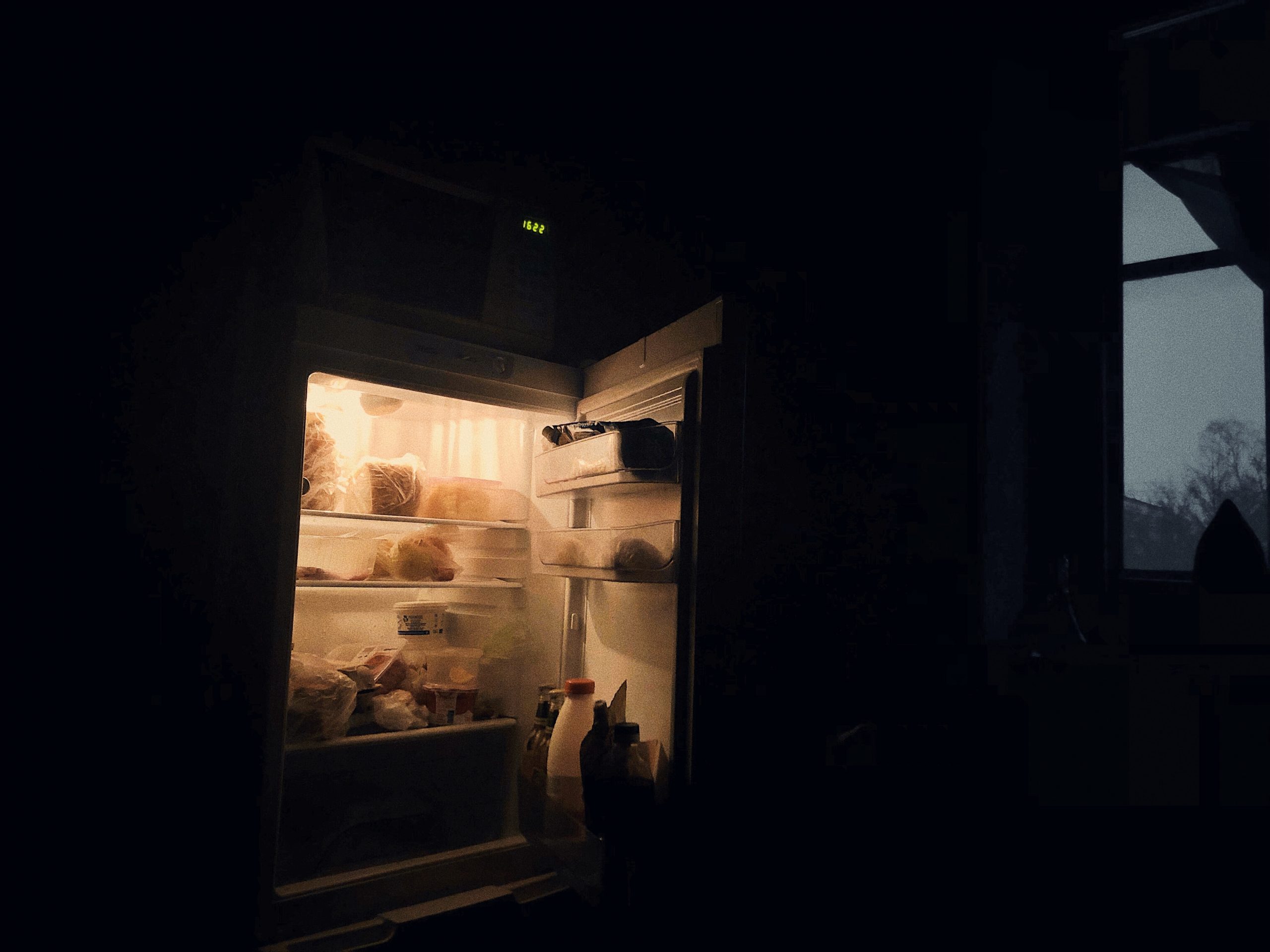
The biggest change you can make here is to avoid storing milk, creamer, or eggs in the door as it makes them most likely to turn bad. Even though some fridges have a dedicated egg storage area in the door, it is still better to store them elsewhere in your fridge. The constant change in temperature makes those items most likely to develop bacteria and spoil faster.
So, what can you store in the door? Non-perishable food items like some condiments, soft drinks (pop), water and juices can be placed in this area.
Main compartments
In the main compartment of your fridge, the top shelves are known to have the most consistent temperatures and are an ideal spot to store leftovers or food that requires consistent temperature and that cannot be stored in the fridge door.
As you go down the shelves of your fridge, the temperature gets colder as cold air sinks down (not all fridges are the same, so do a quick search about your fridge to confirm how it works, just to make sure). This means that the middle shelves are ideal to store eggs or dairy products such as butter or milk which require constant and cool temperatures. They are also perfect to use if you run out of space in your upper shelf.
On the lower shelves, the temperature is coldest, and it is ideal to store raw meats. It is also best to store these on the bottom shelf to prevent any juices spilling on other foods (yikes) and to ensure food safety. You can also use a tray to store your meat onto to prevent any juices dripping into your crisper drawers (better safe than sorry)!

Crisper drawers
We have all used our crisper drawers to store food (or drinks), but did you know they can actually be used to extend the shelf life of your fruit and veggies? Crisper drawers, also called humidity drawers, have been designed to extend the life of fruits and vegetables as they control the amount of airflow coming through the vents into the drawer.
There are usually airflow sliders that can be adjusted depending on what you are storing. How does it work?
Closed airflow = High humidity drawer as moisture and ripening gas are trapped.
Open airflow = Low humidity drawer as moisture and gas escape.
A general tip to follow is to store produce that rots easily into the low humidity drawer, and to store produce that dries out, or wilts, into the high humidity drawer. If you have no sliders, you can assume that your drawers are high humidity.
High humidity
High humidity drawers should have produce that is sensitive to moisture loss and/or also sensitive to ethylene gas (a gas that initiates ripening). Storing ethylene sensitive produce in that drawer is ideal as the closed slider which creates high humidity will shield away that ripening gas. Therefore, it is best you do not store ethylene producing produce in there.
- Bananas (unripe)
- Belgian endive
- Broccoli
- Brussels sprouts
- Cabbage
- Carrots
- Cauliflower
- Cucumbers
- Eggplant
- Green beans
- Herbs (cilantro, dill, parsley, thyme)
- Leafy greens (kale, lettuces, spinach, Swiss chard, watercress)
- Okra
- Peas
- Peppers
- Strawberries
- Summer squash
- Watermelon
Check out this list below to see what fruits and veggies are ethylene producing or sensitive:
Ethylene sensitive: asparagus, broccoli, collard greens, cucumber, eggplant, grapes, honeydew, lemons, lettuce, limes, mangos, onions, squash, sweet potatoes, watermelon…
Ethylene producers: apples, avocados, bananas, cantaloupe, kiwi, peaches, pears, peppers, tomatoes
Not ethylene sensitive: blueberries, cherries, garlic, grapefruit, green beans, oranges, pineapple, potatoes, raspberries, strawberries, tomatoes…
Low humidity
Low humidity drawers are a good place to store most fruits, produce that are not sensitive to moisture loss, and produce which are ethylene producing (as the vents are let open this allows for the gas to escape and thus helps slow down the ripening process caused by the gas).
- Apples
- Avocados
- Bananas (ripe)
- Cantaloupes
- Figs
- Honeydew melons
- Kiwis
- Mangoes
- Papayas
- Pears
- Plantains
- Stone fruits (apricots, nectarines, peaches, plums)
It is also important to consider that not all fruits and vegetables necessarily need the fridge! For instance, potatoes, onions and garlic will be perfectly fine in a dark cool place! But… wait.. Do not store potatoes and onions together
as they both release moisture which could speed up their ripening.
Finally, do not fill your drawers to 100% as they work best when not full!
Conclusion
We each play a part and have the ability to do something about wasted food. Something as simple as getting intentional with how you store produce prolongs its lifespan, helps the planet – and not to mention, is good for your pocket! In this case, using dedicated fridge spaces can actually help extend the lifespan of our produce and save food for longer! Not sure what else you can learn to cut down your food waste? Check out the Pledge 21 Day Food Waste Challenge!
Article written by:
Camille Potier, Impact Specialist
Camille is passionate about sustainability and enjoys asking questions about every kind of topic to learn how things work. Having a background in environmental policy, geography, economics and management she loves thinking about the big picture while also understanding how topics are interconnected.

